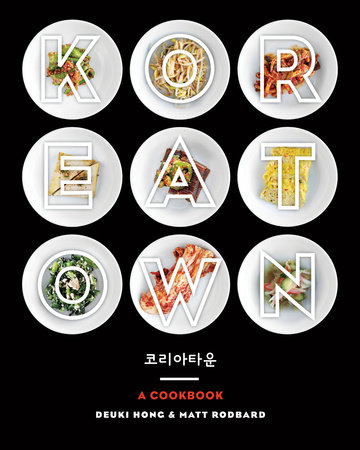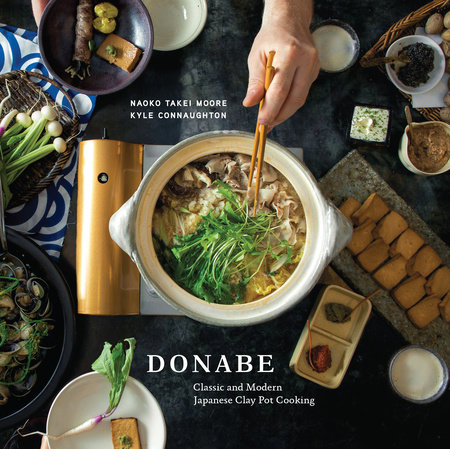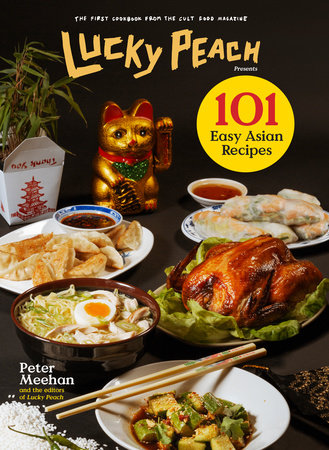This book does an outstanding job of documenting the rich food culture of the Korean people, interpreting it through the eyes of Koreatown's merchants, chefs, and passionate fans far all corners and facets of life. If you ask most people what they know about Korean food, they will almost always mention kimchi. The spicy dish composed of pickled and fermented Napa cabbage. This book provides a handful of approachable recipes for kimchis of all sorts, breaking them down into specific steps. There are also tasty looking recipes for the more popular noodle and bbq dishes such as kalbi. I thought the section on "how to cook Korean food at home without pissing off your neighbors" was a nice touch.
The absolute best part of this book has to the section of recipes provided by guest chefs such as Corey Lee and Sean Brock. These recipes alone are worth the price of the admission. The Coca-Cola and Gochujang (spicy red pepper condiment) Marinated Chicken Thighs and Toasted Rice Ice Cream are on my next-up list for sure. The photography is enjoyable, with large full-color shots that focus on the food and colorful culture of Koreatowns across America. Written cleanly and concisely, this book focuses on building basic ingredients into complex dishes. Just what I want from a cookbook, something that is entertaining to read, informative and useful.
Overall I know this will be a book that I refer to many times as I explore the wide variety that Korean food offers. The pages spattered with doenjong, the cover adorned with drops of kimchi marinade. My father and I shop at the huge Korean market in a neighboring city when we have the opportunity. The complex features a continental food-court, and as much as I want to try the hamburger wrapped around a hot dog on a stick (true story), I always order the bibimbap. I guess the apple does not fall far from the tree.

I received a copy of this book from the publisher in exchange for my review.





